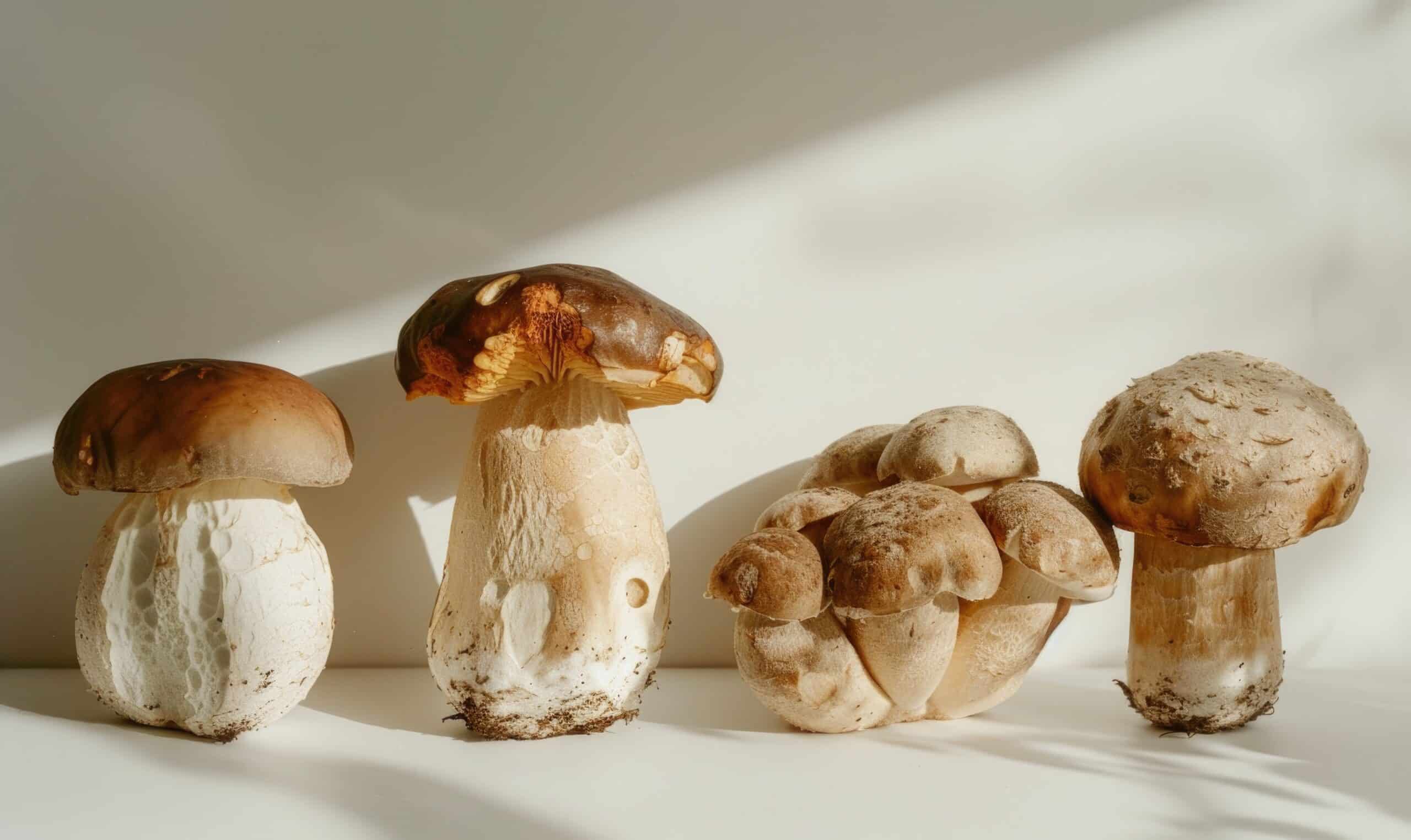How to Grow Shiitake Mushrooms: A Step-by-Step Guide
Key Takeaways
- The first step in growing shiitake mushrooms is to select the right substrate, which can be logs or blocks of sawdust.
- Once you have chosen your substrate, it is important to prepare it properly by pasteurizing logs or enriching sawdust with nitrogen supplements.
- After preparing the substrate, the next step is to inoculate it with shiitake spawn, either in the form of inoculated wooden dowels or sawdust spawn.
Shiitake mushrooms are a versatile and delicious fungus that can be grown at home with the right techniques. Whether you are a seasoned gardener or a beginner, cultivating shiitake mushrooms can be a rewarding and fulfilling experience. In this article, we will explore the step-by-step process of growing shiitake mushrooms, including the choice of substrate, inoculation methods, incubation, fruiting, and harvesting.
Choosing the Right Substrate
The first step in growing shiitake mushrooms is to select the right substrate. The most common options are logs or blocks of sawdust. If you choose to use logs, it is recommended to opt for fresh logs with a diameter of 3 to 6 inches and a length of 3 to 4 feet. These logs should be made of deciduous hardwoods such as oak, maple, beech, or ironwood. On the other hand, if you prefer using sawdust, you can soak sawdust pellets in water for 30 minutes and break them apart into sawdust.
Preparing the Shiitake Mushroom Substrate
Once you have chosen your substrate, it is important to prepare it properly. For logs, they need to be pasteurized to eliminate any competing organisms. This can be done by soaking the logs in hot water (149-176 degrees F) for 1-2 hours or using a high-pH lime bath for 12-18 hours. For sawdust, you can enrich the substrate with nitrogen supplements if you are growing on straw or grain.
Inoculation with Shiitake Spawn
The next step is to inoculate the substrate with shiitake spawn. Shiitake spawn can be obtained in the form of inoculated wooden dowels or sawdust spawn. If you are using logs, you will need to drill holes in the logs for spawn insertion and then insert the spawn dowels into the holes. If you are using sawdust, mix the sawdust spawn evenly into the substrate. It is important to seal the holes in the logs with wax if you are using sawdust spawn.
Incubation
After inoculation, the logs should be placed in a shady location off the ground, covered with breathable fabric. It is essential to water the logs once per week in moist climates or twice per week in dry climates. This will help maintain the moisture content necessary for the growth of shiitake mushrooms. If you are using blocks of sawdust, they should be stored at room temperature in a dark place.
Fruiting
Once the spawn has colonized the substrate, it is time to initiate fruiting. For logs, this can be done by submerging them in cold, non-chlorinated water for 24 hours. It is important to use rainwater, boiled water, or non-chlorinated water for this process. For blocks of sawdust, they should be allowed to brown for about two weeks before fruiting.
Harvesting and Growing More
When the shiitake mushrooms are ripe, they can be harvested by cutting them at the base. It is important to twist or cut the mushrooms to avoid damaging the mycelium. After harvesting, you can continue to care for the logs or blocks to encourage more flushes of mushrooms. Logs can provide fresh mushrooms for 4-6 years, while blocks may produce 3-5 flushes.
Conclusion
Growing shiitake mushrooms can be a rewarding and enjoyable experience. By following the step-by-step guide outlined in this article, you can successfully cultivate your own shiitake mushrooms at home. Remember to choose the right substrate, prepare it properly, inoculate with shiitake spawn, provide the ideal incubation and fruiting conditions, and harvest the mushrooms at the right time. With patience and care, you can enjoy a bountiful harvest of delicious shiitake mushrooms.
Related Websites:
FAQs:
Q: What are the nutritional benefits of consuming shiitake mushrooms?
Shiitake mushrooms are not only delicious but also packed with nutrients. They are a great source of vitamins B and D, as well as minerals like copper and selenium. Consuming shiitake mushrooms may boost your immune system, promote heart health, and even have anti-cancer properties.
Q: What are the ideal temperature and humidity levels for growing shiitake mushrooms?
Shiitake mushrooms thrive in temperatures of around 60-75°F (15-24°C) with a humidity level of 80-90%. It’s important to maintain these conditions to ensure successful cultivation.
Q: What are the advantages and disadvantages of different growing mediums for shiitake mushrooms?
There are various growing mediums for shiitake mushrooms, each with its own pros and cons. For example, hardwood logs provide a natural environment but require more space and take longer to produce mushrooms. On the other hand, synthetic logs offer convenience and faster growth but may lack natural flavor. Consider your space, time, and preferences when selecting a growing medium.
Q: How do I know when shiitake mushrooms are ready for harvest?
When shiitake mushrooms have fully developed and the caps have opened, it’s a sign that they are ready for harvest. The caps should be firm and the gills visible. Avoid waiting too long, as over-mature mushrooms may become tough and less flavorful.
Q: What safety measures should I follow when cultivating shiitake mushrooms?
When cultivating shiitake mushrooms, it is important to maintain cleanliness and hygiene. Use gloves and disinfectants to minimize contamination. Additionally, ensure proper ventilation to avoid the buildup of harmful gases. Follow best practices to ensure your safety throughout the cultivation process.






